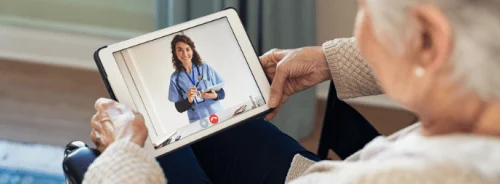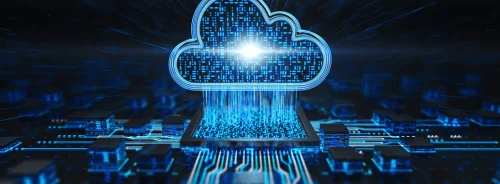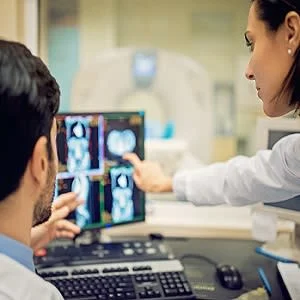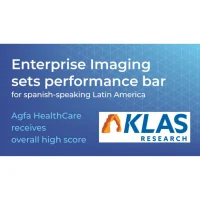The process of peer review has been quite challenging in radiology. The traditional method of peer review involves a score-based assessment of interpretations of imaging studies. This method has been widely used in radiology and accepted by most credentialing bodies. However, whether it produces learning opportunities for radiologists remains questionable.
The traditional peer review process tends to focus on the mistakes of individuals instead of on the shared learning opportunities. However, focus is now gradually shifting on the importance of applying methods to identify and learn from diagnostic errors and on learning and education instead of blame and shame.
Larson et al. (2017) introduced a process of peer review that follows the guidelines outlined by the National Academy of Medicine. Since this new concept was introduced, there has been an increase in radiologist satisfaction and educational value compared to the traditional method of peer review.
In a recent review, Lee et al. (2020) describe the transition to peer learning and the issues that the team encountered and the adjustments they had to make for proper implementation. Their findings show that the shift to peer learning resulted in significant logistical and technical changes. A new classification scale had to be developed for the PACS system based on peer learning concepts. Cases from the new peer learning system served as the basis for learning conferences, including periodic morbidity and mortality meetings. This was a major change from the previous ad hoc system of obtaining cases for these meetings for peer review. The pairing of the peer learning system with morbidity and mortality meetings resulted in the creation of a formalised method of obtaining cases for review within an entire department. Anonymisation was enforced for each case that was presented. This clearly conveyed that the goal was not to point out mistakes or blame people but to recognise the educational aspect of this exercise.
The most important improvement in the shift from peer review to peer learning was conceptual. The traditional peer review system primarily focused on compliance. Education, for that system, was mainly a secondary objective. In contrast, learning is the most important theme of peer learning, and the goal is to identify discrepancies under the peer learning format to improve radiology practice through education.
In this particular scenario, the implementation of peer learning resulted in a new rating system. The old system was discontinued, and new peer learning categories were created. Whenever radiologists saw a discrepancy, they would place their reviews. The total number of reported peer learning events increased with the new process compared to the old review system. During a one-year period, the traditional peer review system was able to identify only five significant discrepancies compared to the new peer learning system that identified 416 total discrepancies (which included perception errors, great calls, cognition errors, reporting errors and communication errors). Overall, on average, there were 16.64 peer learning events per radiologist during the intervention period.
The above discussion demonstrates that the adoption of the peer learning methodology can increase engagement and participation by a radiologist and can generate many opportunities for learning. It is important to note that the transition to peer learning will require substantial changes in mindset, workflow and logistics.
Source: JACR
Image Credit: iStock










